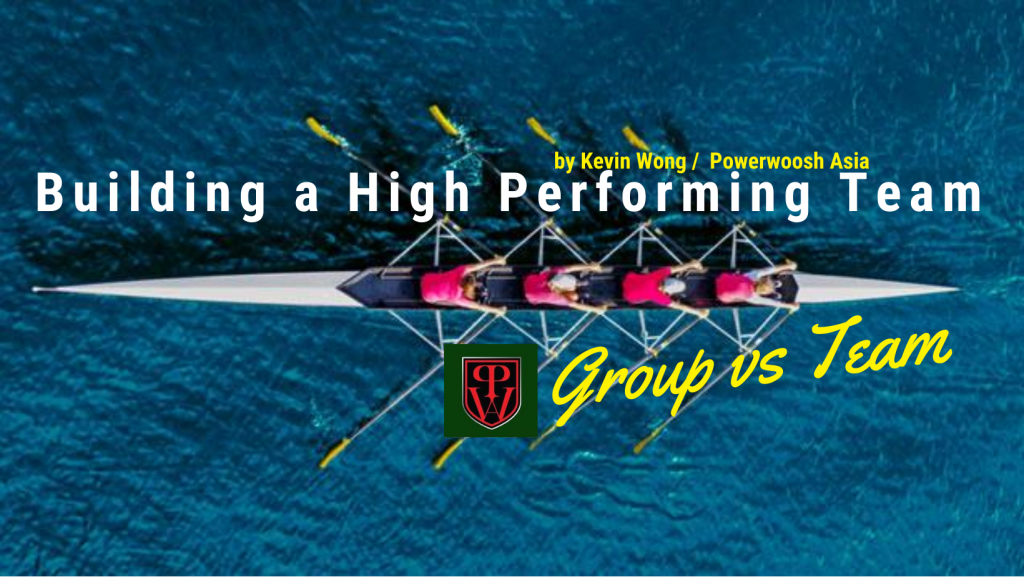Think of 20 people riding on a bus, just like what you see in the picture. They are together in the bus heading in the same direction, at the same time and speed, and under the direction of a leader (bus driver). Do these 20 people make up a team?

In reality, these 20 people are most likely to be strangers to each other, with their own purposes for being on the bus. They are also likely to get on and off the bus at their stops, and are unlikely to speak with each other during their ride. At best, these are a group of random people who appeared at the same time. What are the dynamics, or driving forces, for a group then? A group is characterized by members driven by individual goals and the need to accomplish them as quickly as possible. The group atmosphere is usually one of mutual suspicion and reluctance to share personal feelings and thoughts. The group is also likely to be unstable with members joining and leaving at will. Should group members interact (which is unlikely), one or more members will attempt to dominate to protect his/her self-interests.
What are some examples of groups that you are familiar with? Well, people at public parties, spectators at a game, attendees in a conference, and etc. In some ways, a new group of colleagues who get together for the first time for a project may also exhibit some of the behaviors just mentioned.
There is often a great deal of confusion as regards to groups and teams. This is due to the fact that, in common usage, we use the terms interchangeably. We refer to a group as a team and sometimes vice versa too. However, it must be emphasized that a team is not the same as a group. In fact, team is a special kind of group; something more than a group.
Now, think of footballers riding a bus…do the members form a team? Why do you think that?

Think about what characterizes most football teams – members share a clear mission (to win the match) and have specific roles and responsibilities that are related to each other. You will also find them mutually motivating each other along the way and celebrating successes after each win.
Effective teams are characterised by a number or driving forces: members share a common goal, are accountable for and committed to their interdependent roles, and work at building mutual respect and trust through open communication.
So, would it be right to say that teams are good and groups are bad? Absolutely not. A better question to ask is: when do you use a group and when do you make the extra effort to develop a team? The reality is that groups are far easier to create than teams, so it makes sense to be a group when the following exist:
- outcomes have been defined by the management
- the decisions and process are already been determined
- buy-in is not necessary
- time is a critical factor and there is minimal management support for teaming
To form the group, identify a strong, effective leader and empower the person to recruit group members, formulate the goal and approach and drive decision making. This approach would be practical for short-term projects with outcomes already defined, such as planning for the company’s annual dinner and dance event or team-building program.
Teaming, on the other hand, should be used when you need broad buy-in for the best results, when no one person has the answer and when shared responsibility is important to the success of the goal. To achieve a real team is difficult and time-consuming. There is no magic bullet that will transform a group into a team overnight. It takes time to develop the skills to work well together and understand how to solve problems and make decisions effectively. To learn more about how we can build effective and high performing teams, we need to first start with understanding what a team is. I will explain in greater details in my next article.
Kevin Wong, Powerwoosh Asia Bhd.
